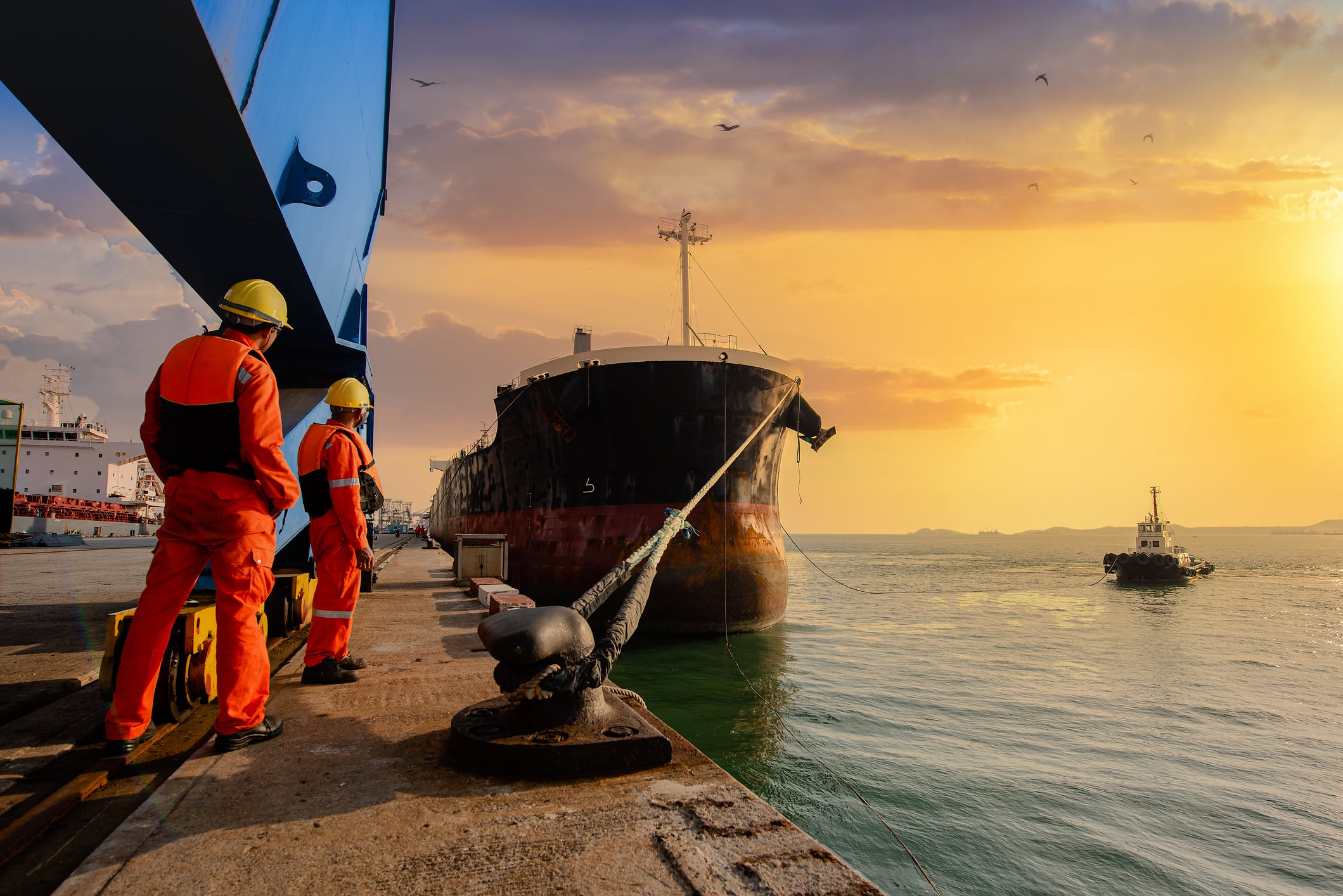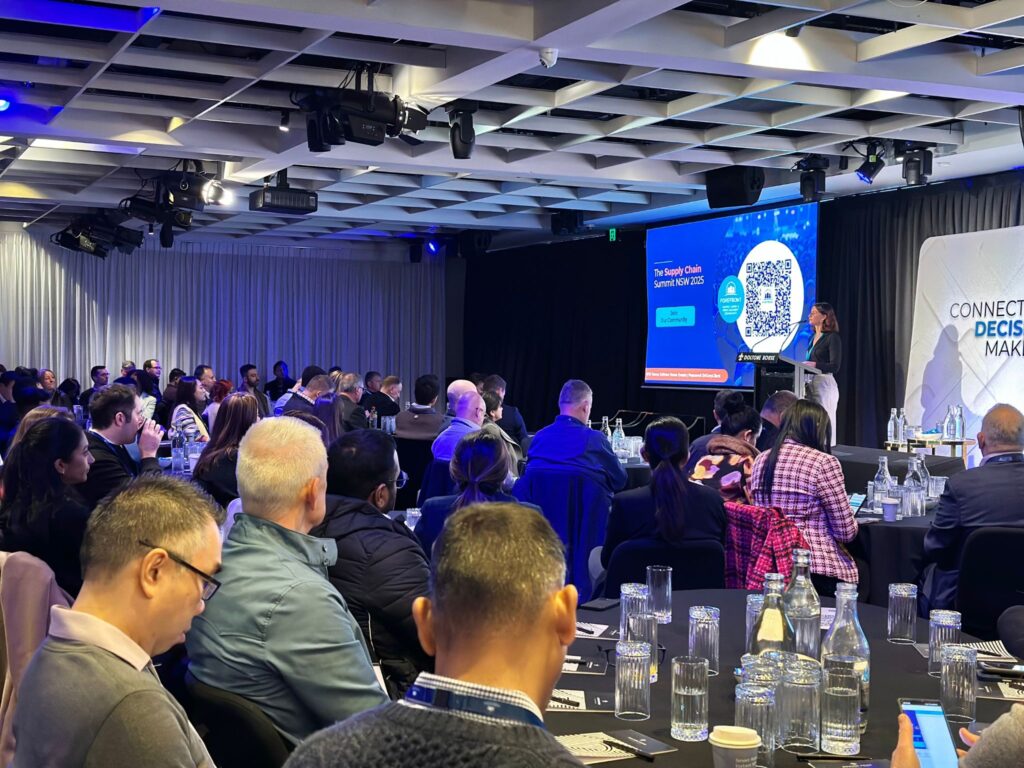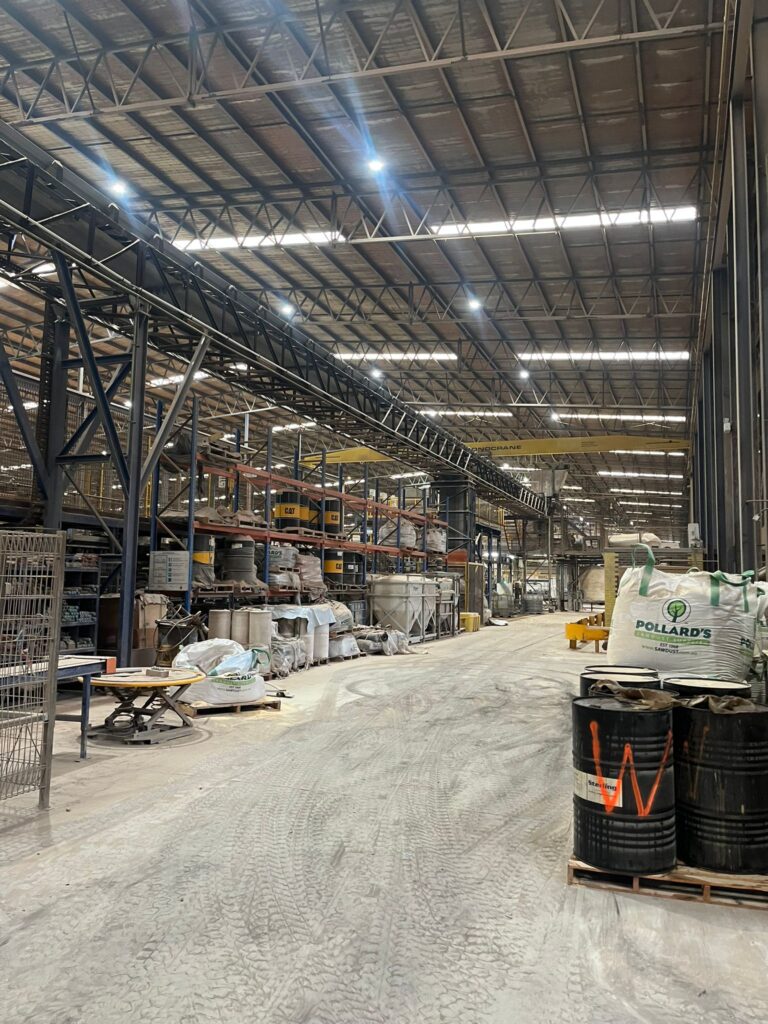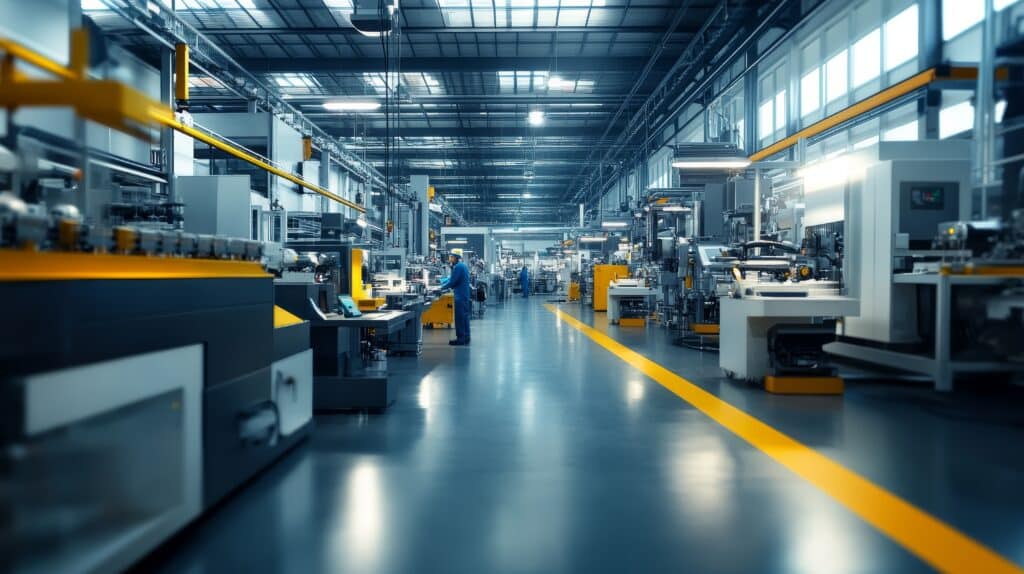For centuries, the maritime industry has been central to the development of the global economy, from the ancient maritime Silk Road to modern semiconductor supply chains. Ships currently transport over 80% of the world’s trade volume. As the economy continues to evolve and we shift towards a more sustainable world, the role of the maritime sector is set to become even more important. Although the movement of oil must necessarily fade, new supply chains crucial to the energy transition are emerging: copper, nickel, and hydrogen must be distributed at scale across the globe as green technologies continue to advance. However, as with any industry, the maritime sector is set to be detrimentally impacted by the effects of climate change. In this article we will focus on three of these impacts:
- Introduction of new technology: the ships themselves are changing as new technology and fuel sources are required to comply with increasing environmental regulations
- Delays and disruptions: more frequent, unpredictable extreme weather events will disrupt schedules
- Wave of investment in infrastructure: as sea levels continue to rise existing port infrastructure urgently requires investment to adapt
Sustainable fuels and emerging technologies will play a key role in decarbonising shipping
Shipping accounts for 3% of global CO2 emissions and is in the focus of international environmental regulation. The industry has a target to be net zero by 2050. With the International Maritime Organisation’s recent introduction of energy efficiency ratings, ships can be penalised or restricted if they are deemed to have a poor energy performance; compliance is not just a legal requirement, but a strategic advantage.
So how will the maritime industry reduce emissions? Small gains in efficiency will be made from new tech such as AI-driven route optimisation, digital twin modelling, and advanced energy management systems. But the main challenge is to find a reliable, scalable, sustainable fuel source. Currently the leading options are hydrogen, ammonia, methanol, and biomass, but all four have both advantages and challenges.
It remains to be seen which solution will prevail. Given the relative immaturity of this topic, it’s likely that the development of each technology will be constitutive of the industry that emerges.
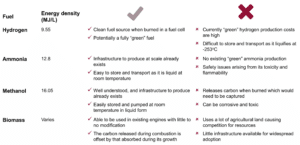
Delays and disruptions will become more prevalent
As climate change accelerates, delays and disruptions to shipping schedules will become more frequent:
- Extreme weather events can cause infrastructure damages and port downtime. A University of Oxford study estimates that globally, climate-related disruptions are likely to close ports for on average 1.4 days each year, increasing to more than 5 days for the most vulnerable 5% of ports. The same study estimates that $81bn of global trade and $122bn of economic activity are at risk annually due to such disruptions caused by extreme weather.
- The Panama Canal directly relies on the availability of freshwater to operate but has experienced multiple droughts in the past decade. This increasing number of droughts underscores the vulnerability of crucial waterways. There are alternative, more resilient infrastructure projects underway such as Mexico’s coast to coast railway (CIIT), but these are still years from completion. We should expect further, more consequential disruptions over the next decade.
- Extreme weather events at sea, intensified by climate shifts, are becoming more frequent and severe. This is increasing the number of diversions and delayed departures as routes become unsafe to travel.
Investment in port infrastructure must increase
As climate change continues to take hold, ports need to make sizeable investments in their infrastructure to ensure resilience. The most serious, long-term issue is sea level rise, which will affect every port on the planet. Most ports do not have a clear long-term strategy to deal with this. Business cycles between owners and leasers of major ports tend to be around 15 to 30 years, making it difficult to assign responsibility for investment in long-term resilience; there is no clear business case for either party. Complex public and private ownership models complicate the situation further. There is progress being made around the electrification of ports, and we should expect this to continue. The US’s flagship Inflation Reduction Act has earmarked $4bn for programmes designed to electrify US ports. This includes electrifying the trucks and handling equipment, as well as funds to help develop climate action plans to reduce pollutants. However, the more pressing problem of ensuring ports are resilient to sea level rises is yet to be fully addressed and we should expect an influx of capital in this area.
What businesses can do now
As a business leader there are things in your control to reduce these adverse effects of climate change:
- Incorporate likelihood of disruptions into network decisions. Examining your own chain of factories and warehouse locations every few years with a focus on efficiency is common practice. But frequently the risk of delays and disruption are not given as much attention as they should. Rarely does a supply chain run exactly as planned. When optimising a supply chain network, the likelihood of delays and disruptions should feed into the decision-making process.
- Diversify trade routes. Supply chain leaders should clearly look to diversify suppliers where possible to minimise the risk of a single point of failure. In addition, companies should diversify trade routes and transport modes. As increased extreme weather events raise the likelihood of port closures and route diversions, sourcing from different geographies and along different trade routes becomes essential to avoid disruptions.
- Improve visibility of flows. Generally once goods have left a factory or a warehouse and are sent to a freight forwarder, there is poor visibility of their whereabouts and the route that they take. Without this visibility, you have less control over the flow of your goods. As climate change related disruptions increase this transparency will become more and more important.
The maritime industry faces huge challenges arising from climate change. New technologies aim to make ships more efficient, but finding a scalable, sustainable fuel is a pressing concern. Sea-level rise threatens existing port infrastructure requiring urgent attention and investment, and disruptions from extreme weather events will increase. Business leaders can take proactive action by considering these risks when designing networks, diversifying trade routes, and improving the visibility of their supply chain. Progress is being made; businesses must continue to collaborate, fostering disruptive, pragmatic innovation to successfully navigate the rocky seas ahead.
Author: Joe Miller
